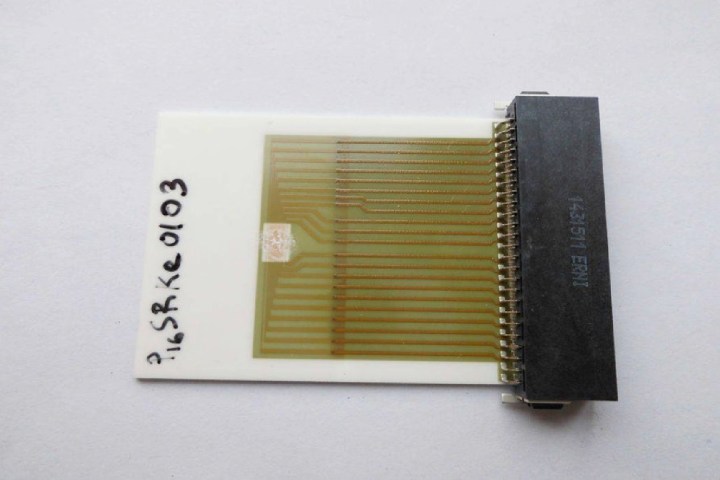
On a surface level, the idea of giving your smartphone a nose-like ability to smell sounds kind of gimmicky. But, just like previous gimmicky concepts such as incorporating a camera in your phone or speaking to your computer, the more you think about it the more sense it makes. From detecting rotten or spoiled food to smelling potentially noxious fumes, it’s easy to imagine how such an innovation could turn out to be pretty useful.
At least, that’s what researchers from Germany’s Karlsruhe Institute of Technology (KIT) think. They have been developing a so-called “smelldect” project involving an “electronic nose” that is capable of sniffing out a range of different scents faster than a human can.
Dr. Martin Sommer, who coordinates the smelldect project for KIT’s Institute of Microstructure Technology, said that it uses the workings of the biological nose as its model. The human nose boasts around 10 million olfactory cells with around 400 different olfactory receptors. These receptors allow the nose to perceive different scents and generates a specific signal pattern to inform the nose owner’s brain what it is that they are smelling.
“In our electronic nose, nanofibers react to complex gas mixtures — i.e. scents — and also generate signal patterns, on the basis of which the sensor identifies the scents,” Sommer said in a statement.
The nose is just a few centimeters in size and contains all the necessary electronic components, including the tech to evaluate the gases. In the event that the specific patterns for a scent have been “taught” to the chip previously, the sensor can reportedly identify it in mere seconds.
“The difficulty consists in the fact that a scent does not always remain the same. For instance, the smell of a rose in the sun differs from that of a rose in rain,” Sommer continued. “Currently, we are training the electronic nose for specific uses which can be chosen universally, however.”
The researchers suggest that it could be used as an ambient air detector or smoke alarm, or as a shopping aid to determine how fresh meat or fish is. Beyond that, there is always the opportunity to give next-generation robots a sense of smell to join all their other increasingly smart senses.


